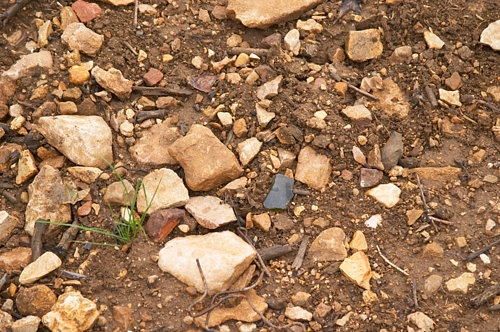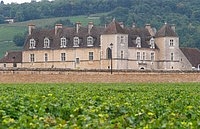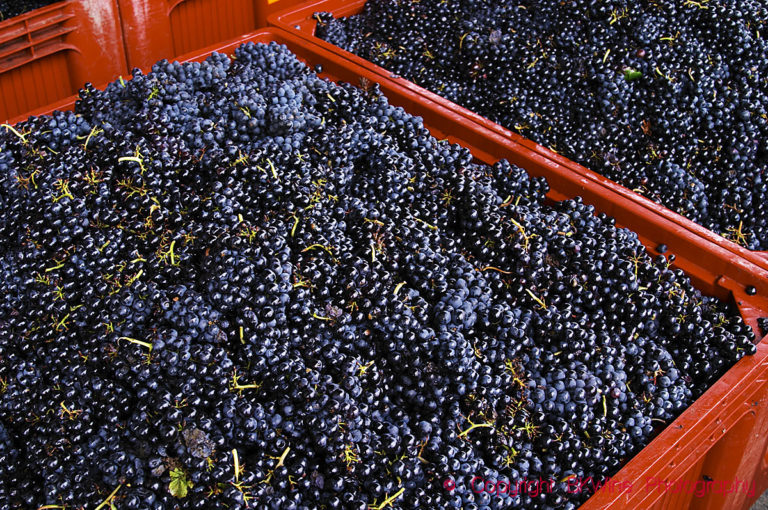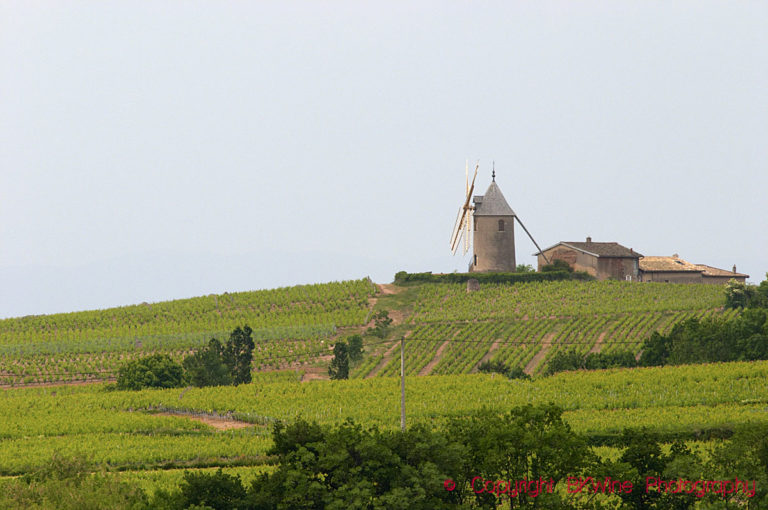Representatives from BIVB – Bureau Interprofessionel des Vins de Bourgogne – were in Stockholm recently and BKWine took the opportunity to talk to Raphaël Dubois, wine grower with his sister in Premeaux-Prissey, and also responsible for communication at the BIVB. The theme for the Stockholm event was terroir och climats. The objective was to put forward the unique notion of terroir in Burgundy and especially in Côte d’Or. Thanks to the great variation in soil and micro climate in the Bourgogne we have hundreds of different climats och lieu-dits, that is separate vineyards or part of vineyards, often mentioned on the label. It can be a grand cru, a premier cru or just a parcel of land that deserves being vinified separately.

It was the monks during the middle ages that started it all. They noticed the differences and they divided the land in the Côte d’Or into all these different climates. It is easy to see Burgundy as a very traditional wine region but Raphaël Dubois says that the young generation of wine growers is very open minded and modern. ”The last ten years we have seen a lot of young people taking over from the parents but also growers coming from outside, from other parts of France and from other countries. They are all fascinated by the possibilities that our unique terroir gives them but they also want Burgundy to be seen as a dynamic wine region”, he says.

”It is important that we can explain to the consumers the big differences we have in terroir. But this word, terroir, is difficult for certain consumers to understand. Sometimes they ask, why can’t you just put the grape and the signature of the producer on the label?!” But of course Raphaël, or any other producer in the Côte d’Or, would never simplify things like that. It would make life easier, he says, instead of making, say 20-25 different wines from 15 hectares, but much more boring.
”Burgundy is not a beginner’s wine”, says Raphaël, ”our target group is consumers that already know something about wine. If people already know our wines and our grape varieties, then you can start talking about terroir and climats.”









